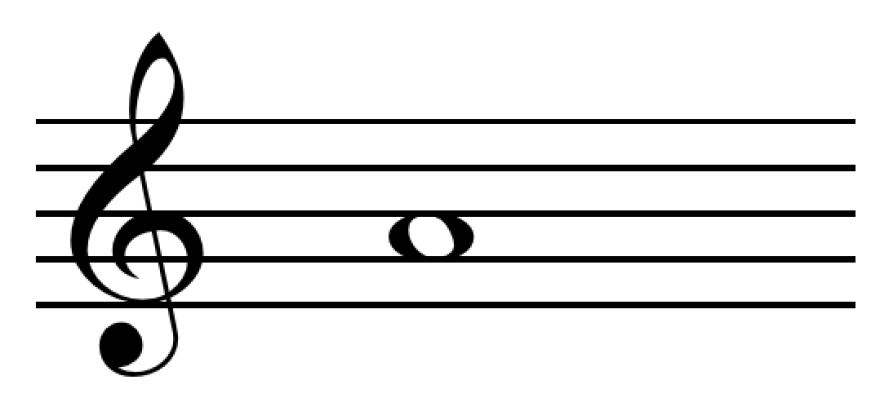Most musicians use the pitch A above middle C to tune their instruments. That’s the note the first oboist plays at the beginning of an orchestra concert. This note is generally calibrated at 440 vibrations per second.
Centuries ago there was little standardization; concert pitch varied from town to town, and even within the same town. Most instruments were tuned much lower than the current norm. The closest thing we have to a measurable standard from Bach’s day are old tuning forks, which set the A at about 423, about a half-step lower than the A we use today.
Music in large churches was tuned much higher, somewhere between A460 and 470; partly because higher-pitched instruments and voices have more carrying power in a big room, and partly because organ makers liked to save money by making their pipes shorter. This meant violinists had to crank their strings extra tight for church gigs; wind instruments had to be built in different keys and church singers had to work a little harder to get the high notes out.
The old A-423 was still the preferred tuning for music in the court and homes, but that changed. As concert halls got bigger, musicians tended to tune their instruments higher. In the second half of the 19th century, several European countries limited their A to 435 cycles per second by law, but this did nothing to stop the trend. By the 1920s, 440 was the standard among American instrument makers.
Pitch inflation is still a problem today. Yamaha instruments are now pitched to A442, and some European orchestras tune to an A as high as 446 cycles per second. Stradivarius violins are pitched about a half-step higher than the tuning they were designed for, and high notes are becoming harder to sing than ever.




